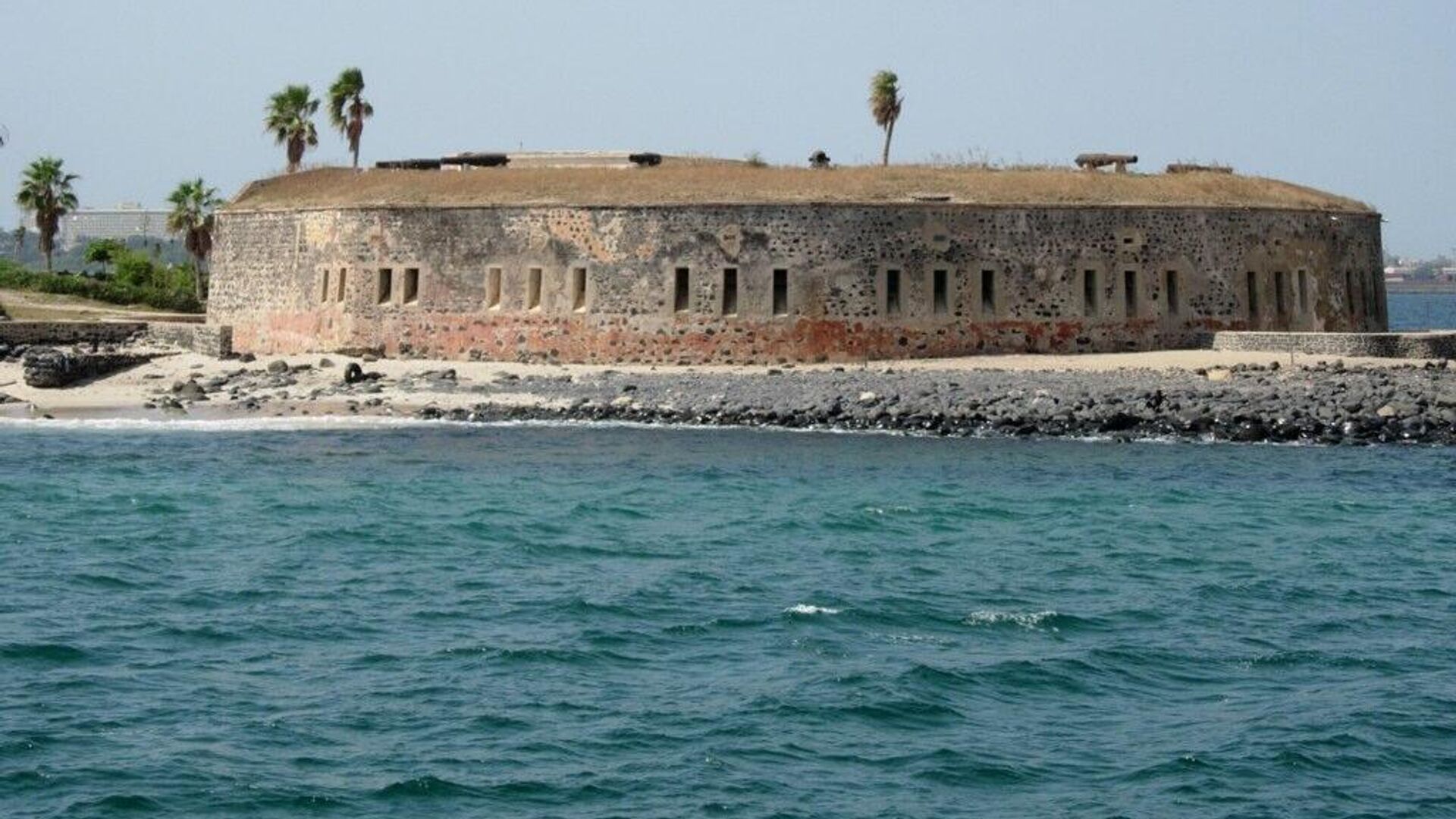Senegal's Leader Announces Start of Work on Memorial to Victims of Slave Trade, Reports Say
Subscribe
The transportation of slaves from Africa to the American states began around 1526, when Portuguese sailors delivered the first shipload of African slaves to Brazil. Since that time, at least 12 million people were forcibly transported from the African continent to various colonies in North and South America, according to research.
Senegal's President Macky Sall announced the start of work on a memorial to the victims of the slave trade, the Senegalese newspaper Le Soleil reported.
"Memorial [on the country's island] Gorée is meant to remind us of our history so that the mistakes of the past will never be repeated. As an unbreakable mirror, it will remain a reflection and material evidence of the common memory of the people, of the whole Africa and the African diaspora," Sall was quoted by the media as saying.
The leader added that "this is not just a building, it is a book of history open to the whole world to study."
"The unthinkable once happened here – men, women and children were gathered here, chained, tortured, and taken away into slavery by the millions," he noted.
The island of Gorée, located two kilometers from Senegal's capital, Dakar, was the largest slave trading center on the entire African coast for almost 400 years. Discovered by the Portuguese navigator Dinish Dias in 1444, the island's fortress-prison "House of Slaves" was included on the UNESCO World Heritage Sites List in 1978.
The island became a grim symbol of human trafficking, from where groups of African slaves were taken on a long and painful voyage in the holds of ships across the Atlantic to American plantations.
The idea to create a memorial first appeared 30 years ago. According to the current project, it will cover an area of 35,000 square meters and include a steel monument 108m high, a center for the study of the slave trade, a library, a cinema, an exhibition hall, a stage for theatrical performances, and shops of local artisans.
The export of slaves from Africa to the American states began at the end of the 15th century. Since then, scholars estimate, at least 12 million slaves were brought from the African continent to the colonies of North and South America.



